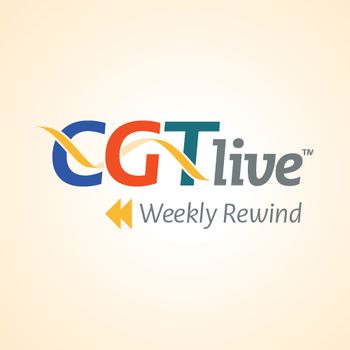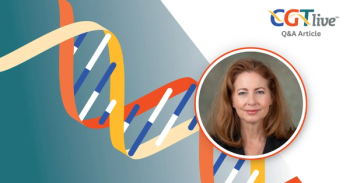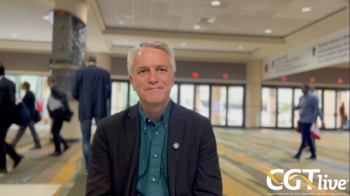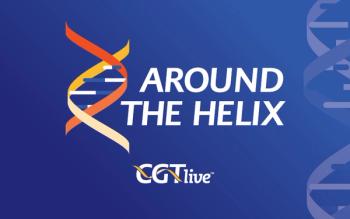
(S040) Nadir White Blood Cell, Absolute Neutrophil, and Absolute Lymphocyte Counts During Concurrent Chemoradiation Therapy Predicted Worse Outcomes in Patients With Limited-Stage Small-Cell Lung Cancer
This retrospective study showed that lower WBC, ANC, and ALC nadirs during CCRT for LSCLC were associated with worse treatment outcomes.
Ritsuko Komaki, MD, Xiong Wei, MD, Pamela K. Allen, PhD, Zhongxing Liao, MD, Heath D. Skinner, MD, PhD, James W. Welsh, MD, Daniel R. Gomez, MD, Quynh-Nhu Nguyen, MD, Steven H. Lin, MD, PhD, John V. Heymach, MD, PhD, James D. Cox, MD; UT MD Anderson Cancer Center
PURPOSE: Studies have suggested that small-cell lung cancer (SCLC) may affect the immune system. We hypothesize that baseline or nadir complete blood count during the course of concurrent chemoradiation therapy (CCRT) is associated with treatment outcomes for limited-stage small-cell lung cancer (LSCLC).
METHODS: A total of 130 patients with biopsy-proven LSCLC, staged with thoracic CT and brain magnetic resonance imaging, received thoracic radiation therapy (RT) with etoposide and cisplatin at a single institution from 1995 to 2009. Radiation doses ranged from 45 Gy to 61.2 Gy and were given in either once-daily or twice-daily fractions. Patients who achieved a complete response were given prophylactic cranial irradiation (PCI). Cox regression was used for univariate and multivariate analyses, with P ≤ .05 indicating significance.
RESULTS: The median follow-up time was 19.4 months (range: 3.8–91.4 mo). Eighty-six percent of patients in the study group had Karnofsky performance status scores ≥ 80; 34 patients received induction chemotherapy followed by CCRT, and 96 patients received CCRT only; 72 patients received PCI. In the univariate analysis, local-regional failure (LRF) was associated with baseline neutropenia (76.9% [10 of 13] vs 33.6% [39 of 116] normal absolute neutrophil count [ANC]; P = .01), lower ANC nadirs (43.9% [36 of 82] vs 27.1% [13 of 48]; P = .05), and lower white blood cell (WBC) nadirs (43.8% [42 of 96] vs 20.6% [7 of 34]; P = .02). Distant metastasis (DM) was associated with lower WBC nadirs (91.7% [88 of 96] vs 58.8% [20 of 34]; P < .01), lower hemoglobin (Hb) nadirs (86.8% [99 of 114] vs 81.8% [9 of 11]; P < .01), lower ANC nadirs (91.5% [75 of 82] vs 68.8% [33 of 48]; P < .01), and lower absolute lymphocyte count (ALC) nadirs (86.8% [105 of 121] vs 25% [2 of 8]; P < .01). In multivariate analyses, lower WBC nadir was associated with disease-free survival (DFS) (hazard ratio [HR], 2.39; P = .001) and LRF-free survival (HR, 2.24; P = .05). Lower Hb nadir was associated with DFS (HR, 1.99; P = .044) and DM-free survival (HR, 2.89; P = .003), as was lower ALC nadir (DFS HR, 3.78, P = .029; DMFS HR, 6.81; P = .008).
CONCLUSION: This retrospective study showed that lower WBC, ANC, and ALC nadirs during CCRT for LSCLC were associated with worse treatment outcomes.
Proceedings of the 98th Annual Meeting of the American Radium Society -
Newsletter
Stay at the forefront of cutting-edge science with CGT—your direct line to expert insights, breakthrough data, and real-time coverage of the latest advancements in cell and gene therapy.

















































